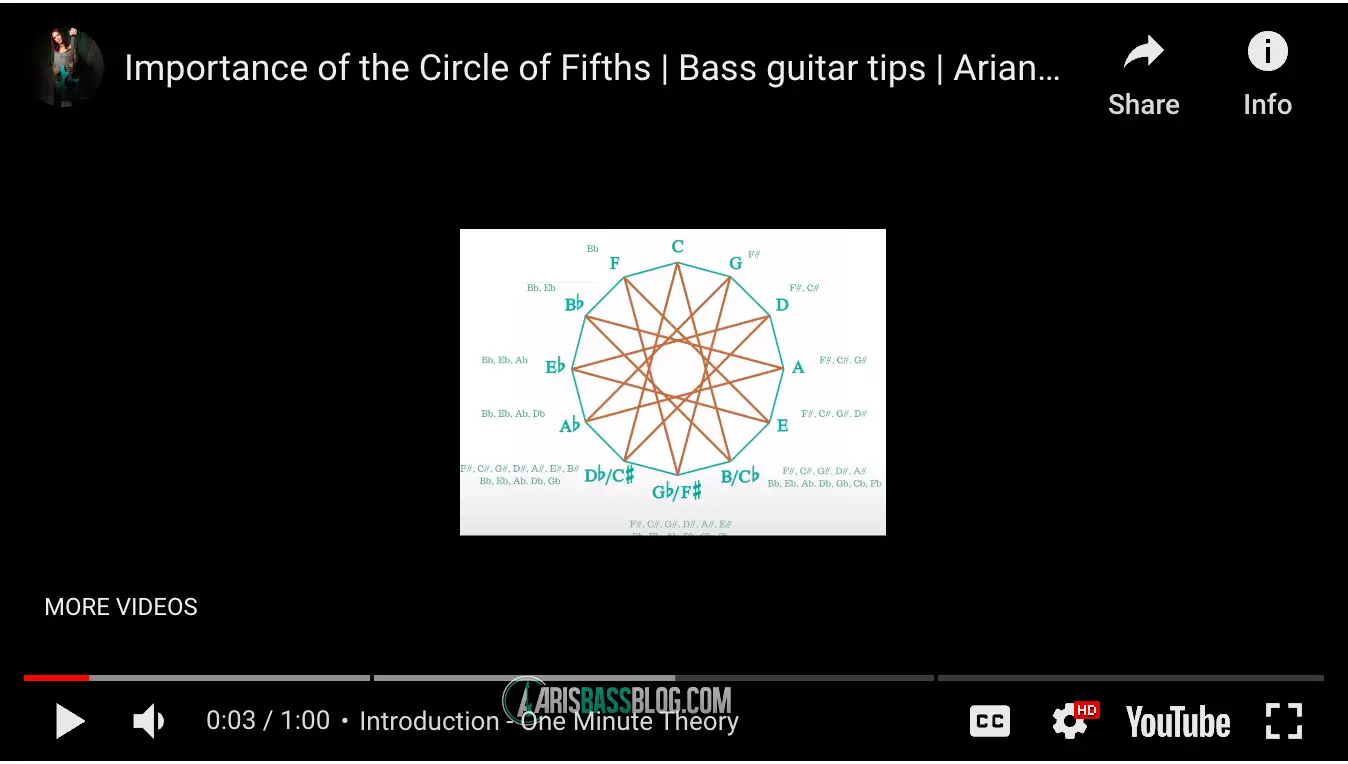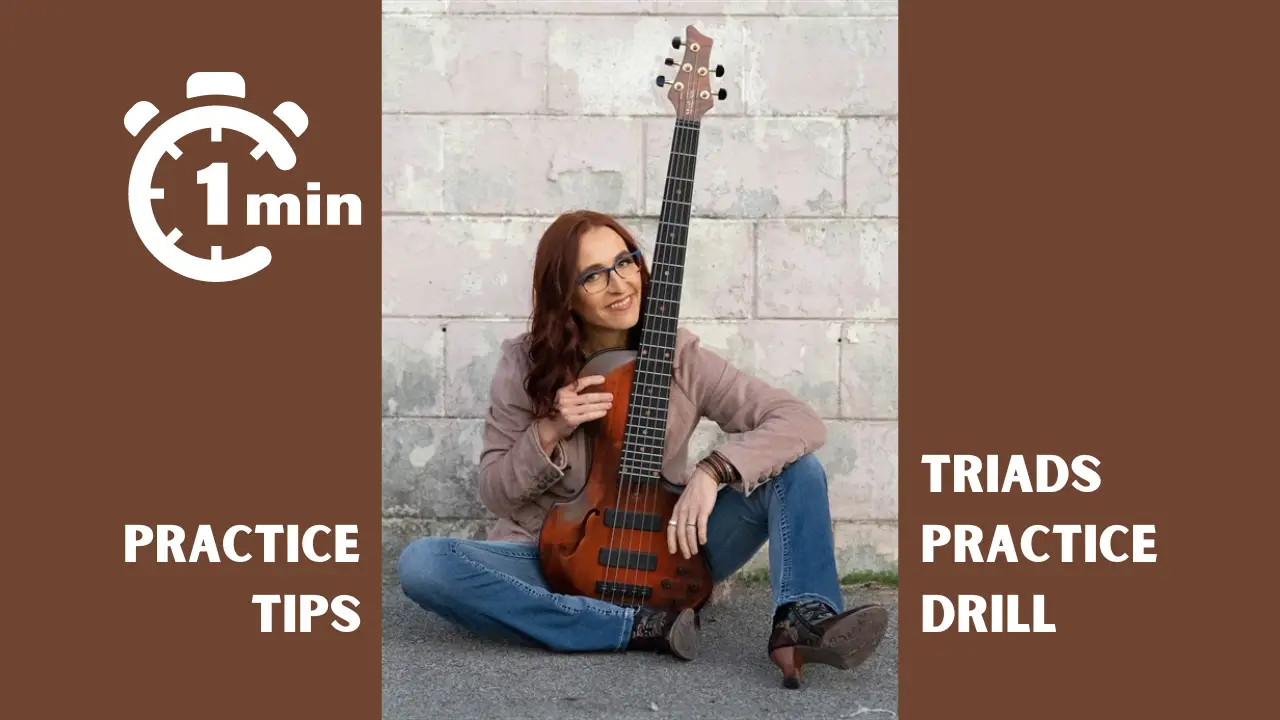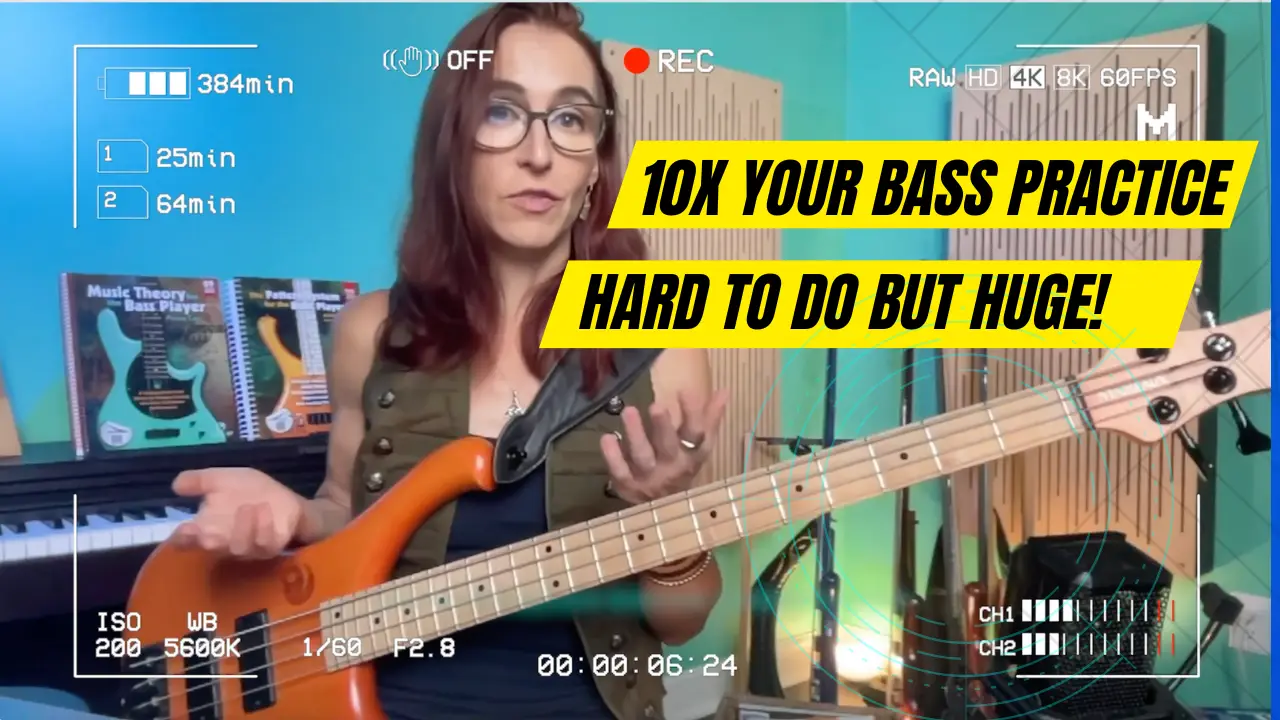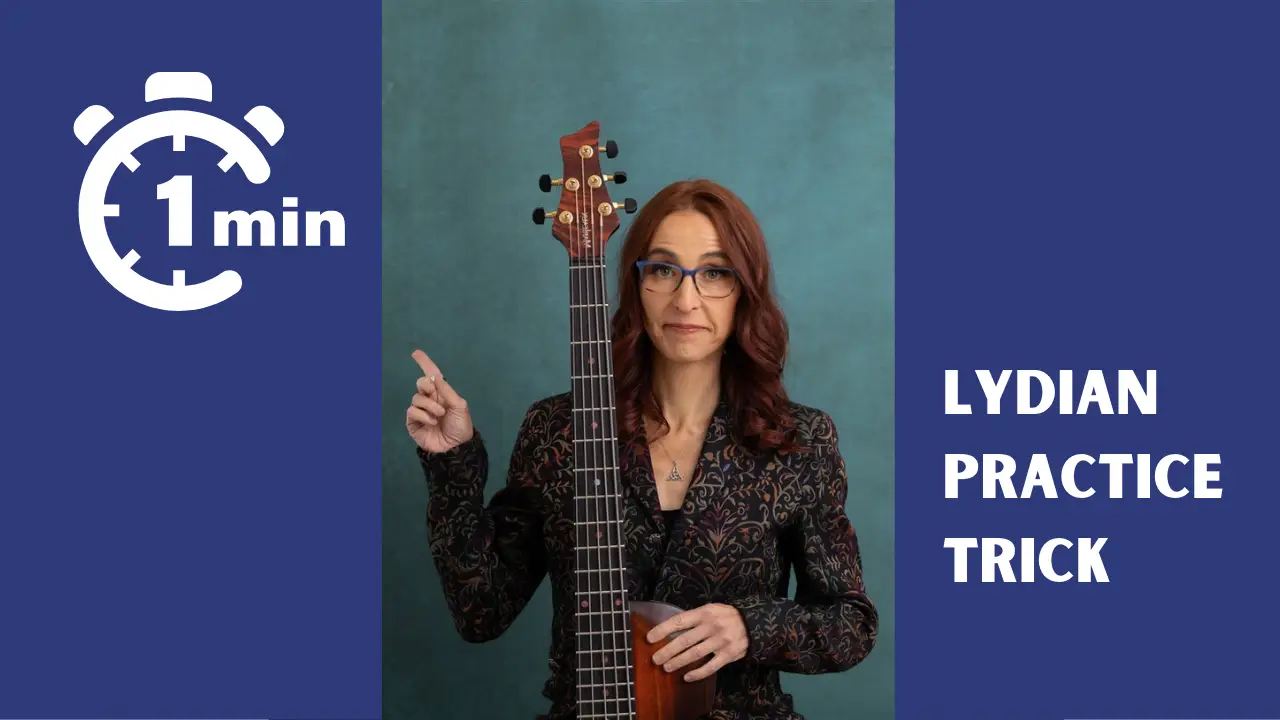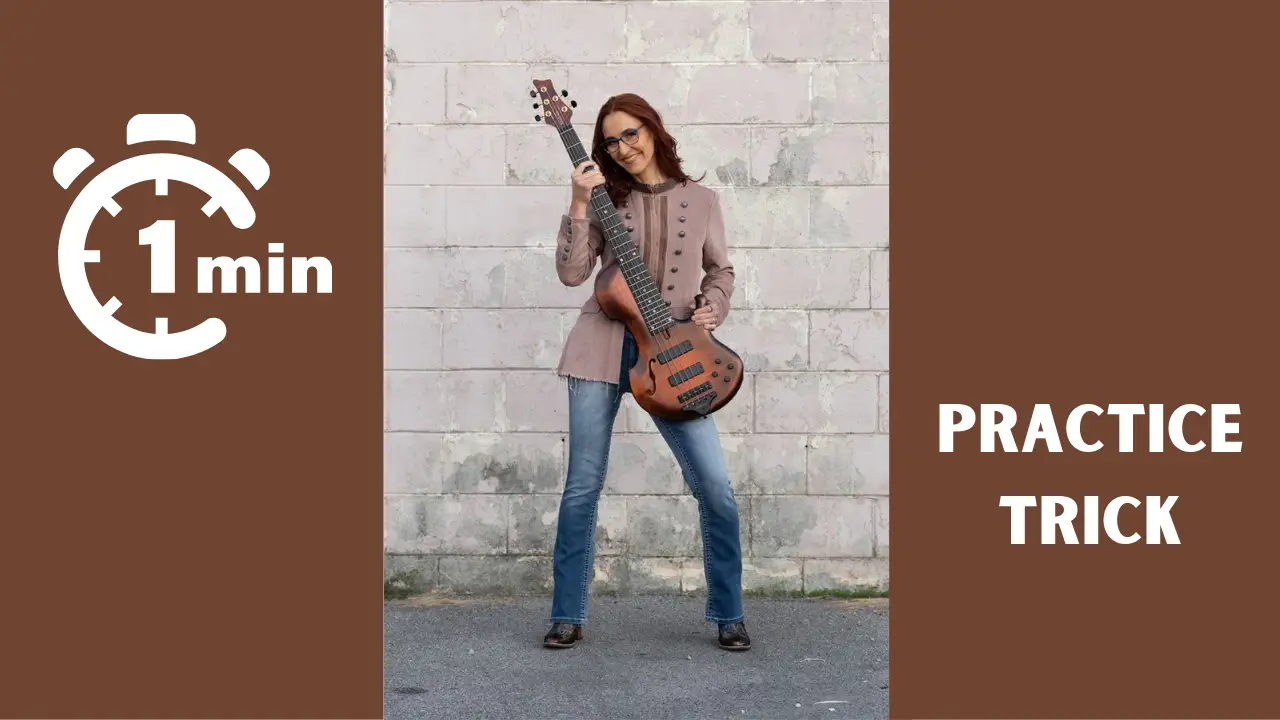If the opening statement of the Bach Cello Suite gives you trouble on bass, try this drill! It will keep your mind and your fingers sharp and it will get you going – Bach on Bass!
Free TABS and diagrams for you here: https://righton.arisbassblog.com/courses/microbass
Look for lesson #13.
Transcription
One minute Bach practice with Ari. Playing the Bach Cello Suites is one of the sweetest things you can do on the bass. It’s also a heck of a technique workout. Just the opening statement takes you all across the fretboard .
What are you playing? You’re playing 1-5-10-9-10-5-10-5. Super easy to get tense, frustrated and give up. Don’t. Here’s a good tip: practice it through the cycle left or right doesn’t matter. I’m doing descending fifths here but it forces you to really know what you’re doing – you’re constantly shifting and adapting. What a great workout for the hand. You can take it all the way around to the key that you started with. If you wanted to step it up a notch do it through the diatonic cycle. Now I’m staying in one key and end up playing diminished minor… and major chords.
It’s a great drill.
We are running our first Sale in five years!
Use coupons on any of our courses, even the big 20 Unit Theory Course!




